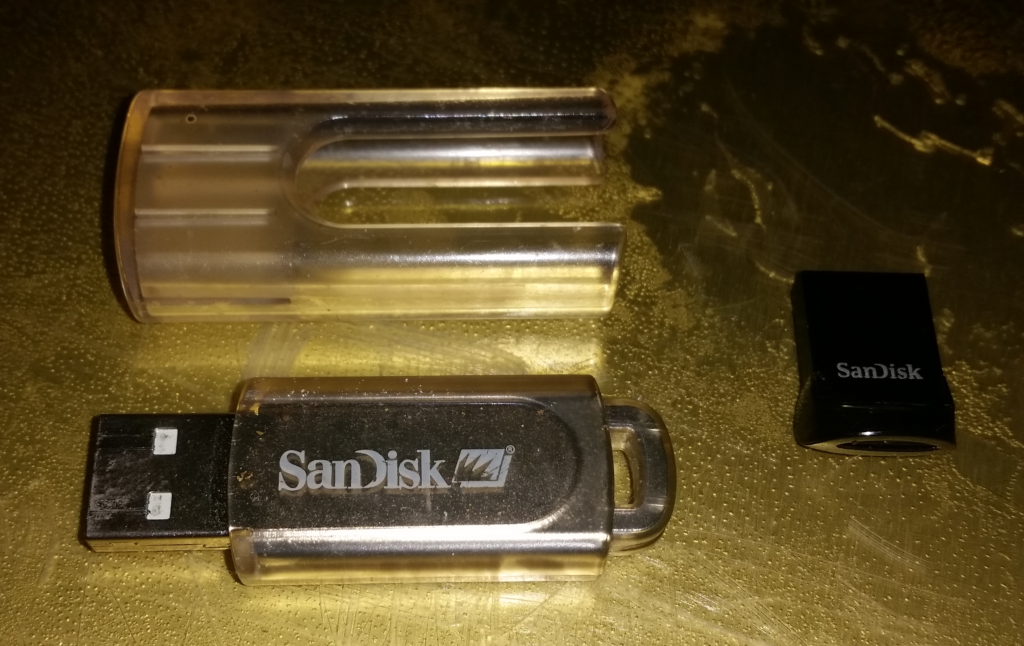If you’re living inside an explosion, you may not notice it, if it’s something you’ve been used to. Our Universe continues to not only expand, but (as we found out only about twenty years ago), it’s accelerating. Still, life seems to go on much as it always has — nothing much seems noticeable at our timescale.
Even when things do change appreciably in our lifetimes, sometimes the change is so gradual that you almost don’t notice. Over the years, personal computing devices’ storage has grown from bytes to kilobytes in the 1970s, through megabytes and gigabytes into the terabyte realm today, with petabytes on the horizon for consumer devices.
What’s hard to grasp intuitively is that each of those multiplier name changes represents a thousandfold increase. (Or, a 1024-fold, if you’re a computer engineer and not a marketer.) So, compared to the earliest PCs, modern devices can store literally billions of times more information. Large server farms from the 1970s could be stored in one directory of a modern PC. We’re experiencing a technological explosion.
Even since 2004, changes are dramatic. Here’s a “then-and-now” shot of two USB Flash drives. The larger, silver one is a 128MB drive from 2004; the smaller one (that’s basically the size of the USB-A port plus a token plastic grip) is a 512GB drive from 2021.

That’s roughly four thousand times larger — and it’s a fraction of the physical size.
I think I’ll mount it to a vacuum tube for ergonomics.

